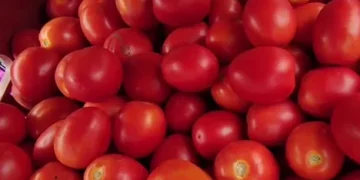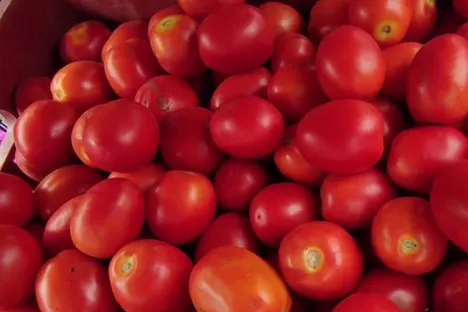Insights from a Season Marked by Unpredictable Weather Patterns
As the calendar flips to mid-June, Tom Desmet of Desmet Agro finds himself in an unusual predicament: clad in coats while navigating muddy fields. This scene, though extraordinary, encapsulates the trials faced by field vegetable farmers this season.
“It’s just incredibly difficult at the moment,” Tom laments, reflecting on the ongoing challenges. Delayed planting schedules have become the norm, exacerbated by persistently wet conditions that stall progress unpredictably. “We’re still planting potatoes, which should have been done weeks ago. It’s a race against time,” he explains. Even routine tasks like leek planting have been disrupted, with sporadic showers dictating operational pauses.
“It’s just incredibly difficult at the moment,” Tom laments, reflecting on the ongoing challenges. Delayed planting schedules have become the norm, exacerbated by persistently wet conditions that stall progress unpredictably. “We’re still planting potatoes, which should have been done weeks ago. It’s a race against time,” he explains. Even routine tasks like leek planting have been disrupted, with sporadic showers dictating operational pauses.
For Tom, whose crop portfolio spans carrots, leeks, cabbages, potatoes, and onions, each day presents its own set of obstacles. The delayed planting is matched by a struggling harvest, hindered by unseasonably cold temperatures and excessive rainfall. “We’ve begun the carrot and cabbage harvests, but growth has been sluggish due to the cold. Snail infestations have added to our woes,” Tom notes, highlighting the compounding nature of challenges faced.
Yet, amidst adversity, there’s a silver lining: scarcity driving up prices. “Limited volumes have resulted in strong market prices,” Tom observes. Carrots and cabbages fetch premium rates, reflecting both the demand-supply imbalance and the intensive efforts required to deliver quality produce amidst adverse conditions. “It’s a labor-intensive process,” he adds, underscoring the industry adage that quality demands effort.
Looking ahead, Tom remains cautiously optimistic, hoping for drier and warmer weather to alleviate current hardships without swinging to drought extremes. “The unpredictability of climate adds another layer of complexity to our operations,” he reflects. “Gone are the days of overproduction worries; now it’s about adapting to a new normal.”
Beyond weather challenges, Tom acknowledges broader industry pressures: from labor shortages to regulatory complexities. “It’s a multifaceted challenge,” he admits, echoing sentiments shared across the agricultural sector. Amidst these trials, organizational resilience and adaptive strategies emerge as vital tools for navigating uncertain times.
In conclusion, Tom reflects with a blend of realism and hope. “We thrive on good weather,” he asserts. “In this line of work, a few months of rain can make or break a season.” As the farming community braces for what lies ahead, the resolve to weather the storm prevails—a testament to resilience in agriculture.































